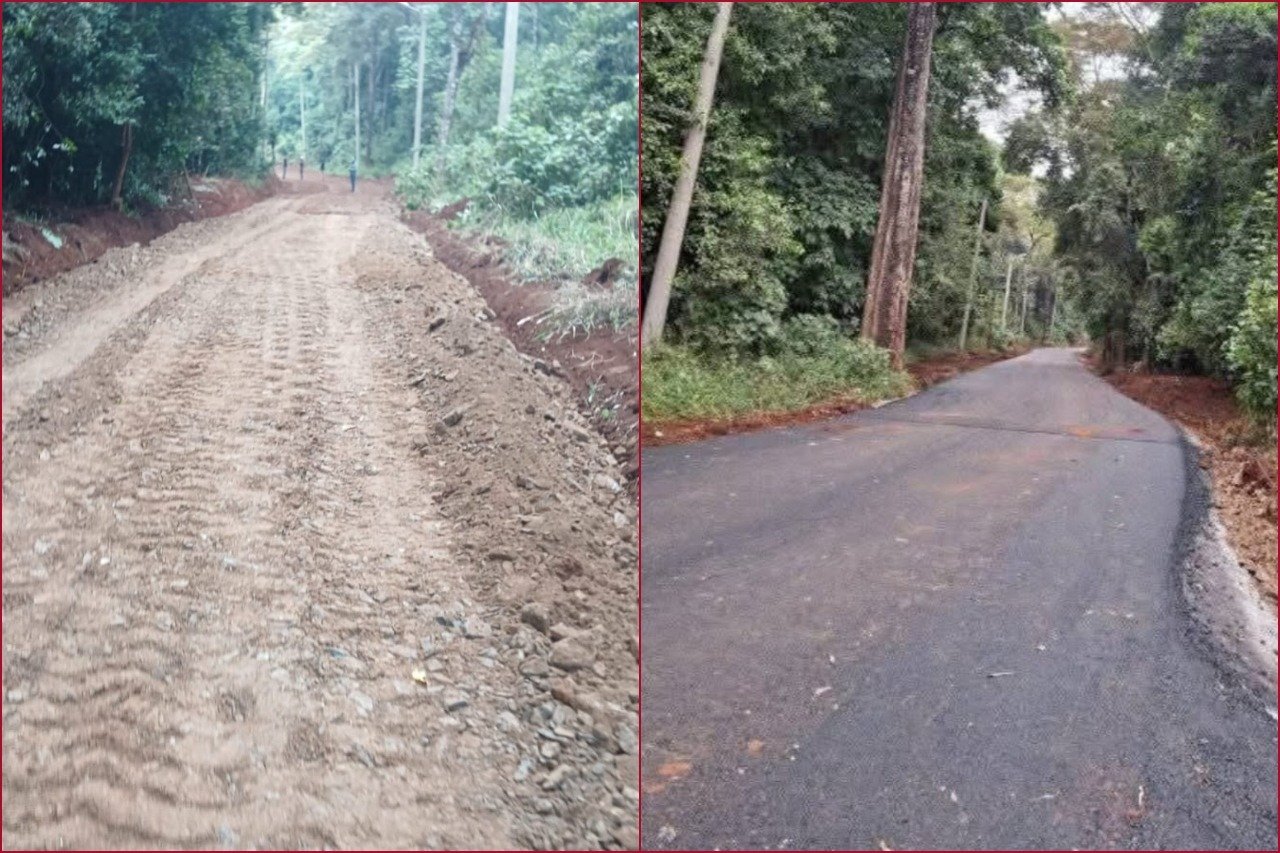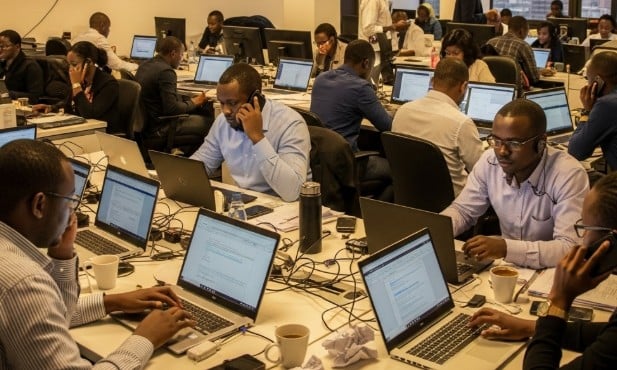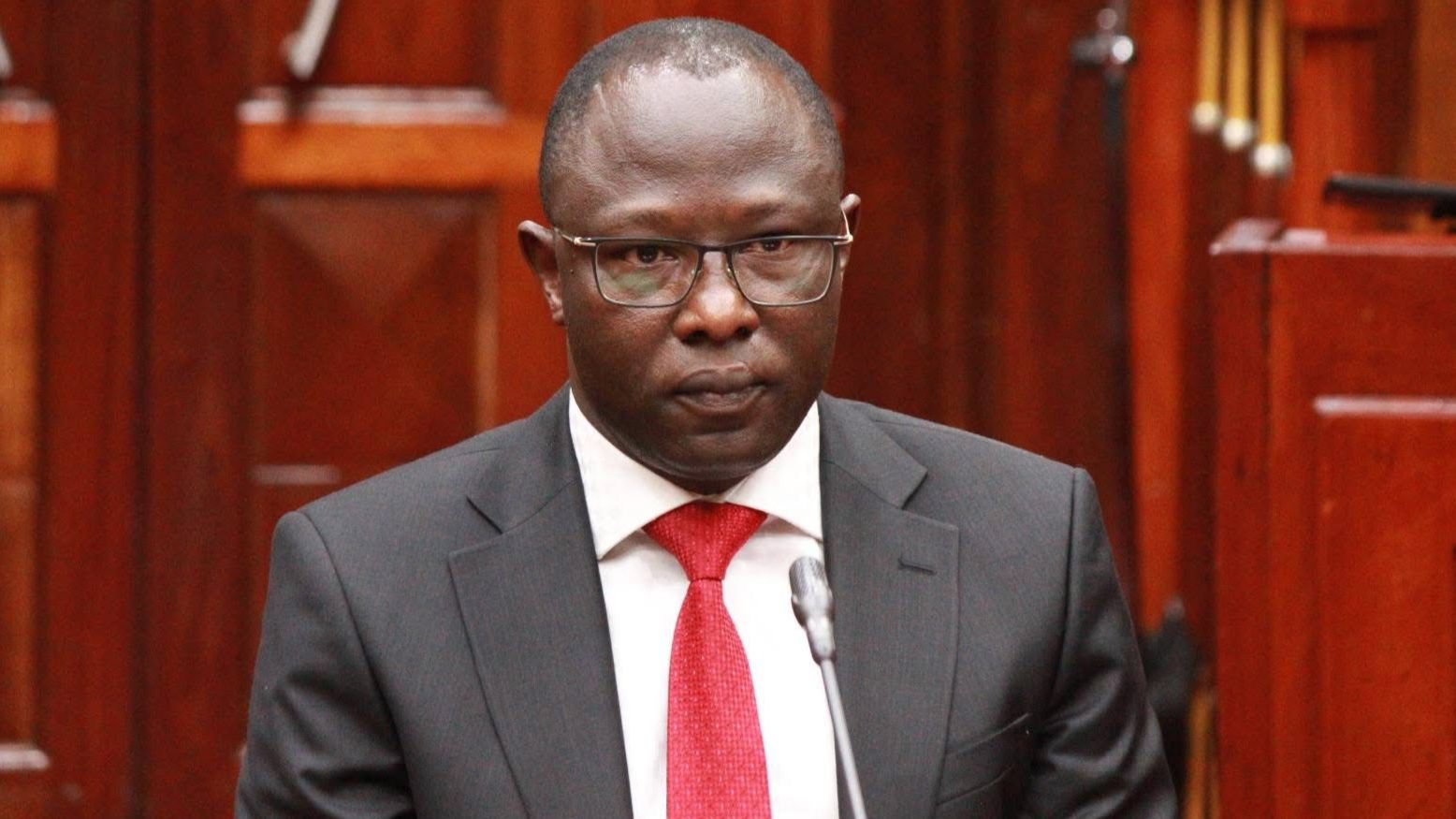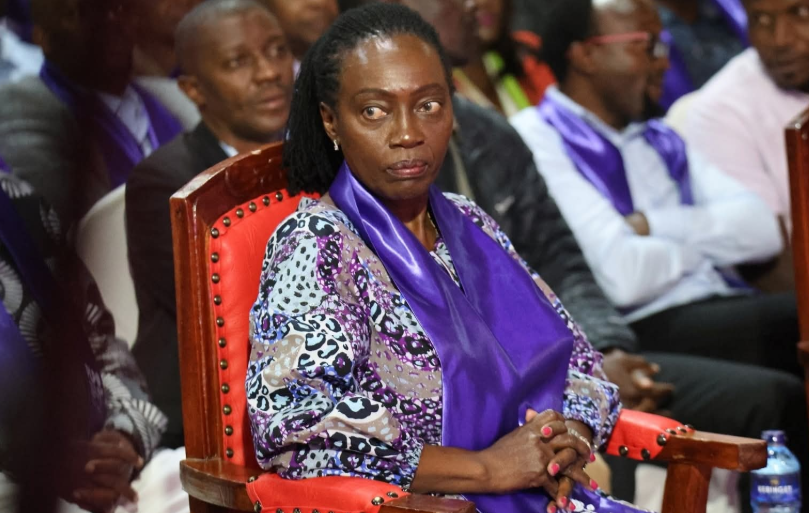By Victor Bwire
The reality of energy poverty facing Kenya, like many other African countries, is evident, and the government has acknowledged this by mobilizing citizens and investors to address the situation.
The government appears intentional about pursuing energy sovereignty, as reflected in the 2025 Mashujaa Day theme, Transforming Lives Through Sustainable Energy Solutions in Kitui.
Beyond improving sector policies, management, and openness, the government is making efforts to mobilize resources and investors to grow the energy sector. Key policy and administrative actions indicate that this can be achieved by reducing the cost of renewable energy technologies, making them the most viable energy sources.
Kenya is richly endowed with geothermal, solar, wind, and hydropower resources. Harnessing these through government policies, private sector investment, and public-private partnerships could end citizens’ struggles to access clean energy. However, the sector remains highly regulated and dominated by public agencies, with little information shared through media or public platforms. This lack of transparency has frustrated private investors and limited broader participation.
Read More
The Government’s Energy Master Plan highlights Kenya’s advantageous position along the Equator (4.5° South to 5° North), which provides high solar potential, among the top ten in Sub-Saharan Africa. For this reason, the government is prioritizing the development and use of renewable sources such as solar, which are not only abundant but also socially, economically, and environmentally sustainable.
This commitment is not new. A few years ago, President Ruto announced Kenya’s transition to 100% clean energy by 2030, affirming his commitment to the goal. He noted that access to clean and improved cooking solutions remains a major challenge, primarily due to financing gaps.

He emphasized that neglecting the clean cooking sector would hinder progress in reducing pollution, lowering disease burdens, and building resilience against climate change.
Several challenges continue to hinder access to clean energy in Kenya: limited adoption of innovations and technologies to improve production and distribution, reluctance to open the sector to more players, weak marketing, and inadequate financial investment.
Most critically, there is a lack of public awareness about clean energy options, their health and economic benefits, and their role in climate change mitigation. This information gap reduces demand and discourages investment, reinforcing reliance on traditional energy sources. Expanding knowledge and awareness is therefore crucial for creating demand, stimulating markets, and attracting investment.
Public awareness of policies, procedures, and opportunities is also vital to opening the sector and building investor confidence. The media has a central role in this process by informing, educating, and framing the adoption of renewable energy as a public interest issue.
In-depth reporting can highlight opportunities, provide solutions to challenges, and mobilize communities to embrace clean energy. Transparency through public databases, official websites, and consistent media coverage will foster public trust and attract both domestic and foreign investments.
The government has repeatedly stated, including in Vision 2030, that access to clean energy is a national priority. For example, the adoption of clean cooking technologies could reduce the country’s annual disease burden from household air pollution from 49% (21,560 cases) to 20%.
Moreover, improved cooking technologies reduce the time women and girls spend collecting fuel, freeing them to pursue education, training, and economic opportunities. High-efficiency cooking stoves also contribute to time and energy savings while cutting emissions, creating both social and environmental benefits.
Mr. Victor Bwire is the Head of Media Development and Strategy at the Media Council of Kenya.









